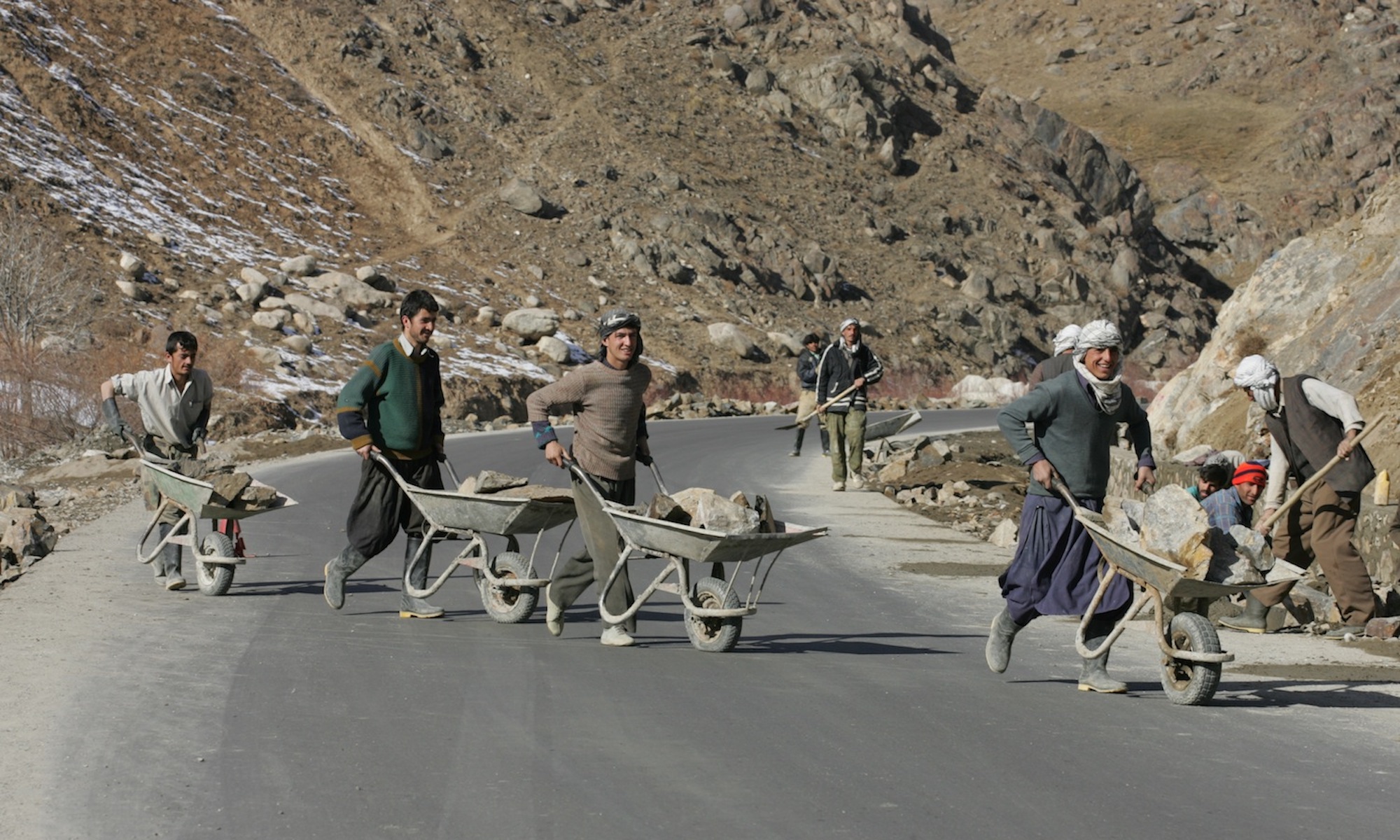The African Union (AU) was officially inaugurated on July 2002, and a year later it had already deployed its first peace operation in Burundi. The AU subsequently deployed peacekeeping missions in Darfur, in 2004, and in Somalia, in 2007. This article will examine the AU‘s foray into peacekeeping which appears to have been hasty, erratic, and not carefully planned. The article will also assess the extent to which what the AU has been doing can be defined as peacekeeping using the Brahimi Criterion for the deployment of operations. The article will briefly assess the AU‘s operations in Burundi and Somalia before focusing on the joint AU-United Nations (UN) hybrid mission in Darfur. The article examine whether the hybrid mission represents a paradigm shift in peacekeeping, based on the way that it was launched and how it is currently operated. The article examines whether the hybrid mission fulfils the Brahimi Criterion, and whether it can serve as a model for future peacekeeping operations in Africa. The article concludes that the AU has a better chance of success when it undertakes a concise and focused operation with a clear mandate and the modicum of logistics to ensure its effective implementation, as demonstrated by its experiences in Burundi. The AU‘s efforts in Somalia has left it mired in an open-ended complex emergency with no easy remedy. The organisation‘s joint effort with the UN in Darfur is similarly constrained by the absence of a peace to keep. The hybrid mission therefore falls short of the Brahimi Criterion and suggest that UN intervention following an initial AU peace operation is not necessarily a panacea to the continent‘s peacekeeping challenges.

INSCT Postconflict Research Database
The Institute for National Security and Counterterrorism's Postconflict Research Database & Analysis Project stores cross-indexed bibliographic information on hundreds of journal articles, books, book chapters, and case reports that address the broad, interdisciplinary fields of postconflict reconstruction, stabilization, and peacebuilding.
4 Replies to “The African Union’s Foray into Peacekeeping: Lessons from the Hybrid Mission in Darfur”
Comments are closed.